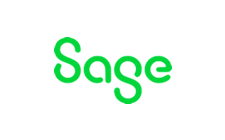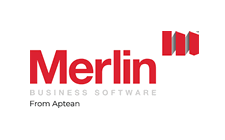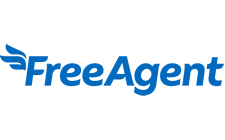HMRC issues further guidance on FHL abolition
The furnished holiday lettings (FHL) regime will soon be abolished, and HMRC has published clarification on how the policy will work. What are the key points?

The FHL regime will be abolished from 6 April 2025. In response to common issues raised during the consultation process, HMRC has published further guidance to clarify some of the tax implications. It is now confirmed that post 6 April 2025:
- VAT at the standard rate continues to apply to holiday accommodation
- revenue expenses for consumables such as toiletries and cleaning products can continue to be claimed
- writing down allowances/balancing charges or allowances can continue to be claimed on qualifying expenditure incurred prior to 6 April 2025; and
- businesses commencing in 2024/25 may need to meet the occupancy conditions beyond 6 April 2025 to qualify for the FHL regime, but the FHL status will only apply to the 2024/25 tax year.
The guidance stresses that general tax principles continue to apply as the only change is the removal of tax reliefs that currently apply to FHLs.
The guidance also highlights that spouses and civil partners will be taxed on a 50:50 basis for jointly owned property income in the absence of the FHL regime, unless there is a Form 17 in place declaring that the property is owned in unequal shares. Affected couples should consider completing Form 17 prior to 6 April 2025, but note that this must mirror the actual underlying ownership, so it may be necessary to change the beneficial interests.
Related Topics
-
Could HMRC incorrectly withdraw you from annual accounting?
Your business can only use the annual accounting scheme (AAS) if its annual sales are below certain limits. Is there a risk that HMRC could wrongly instruct you to leave and, if so, what can you do about it?
-
Mandatory payrolling of employee benefits delayed until 2027
The start date of mandatory payrolling of employee benefits has been delayed from April 2026 to April 2027. What do we know so far?
-
The government has published the results of a survey of over 2,000 employers on their awareness of correct right to work checks. What do the results show?
The government has published the results of a survey of over 2,000 employers on their awareness of correct right to work checks. What do the results show?







 This website uses both its own and third-party cookies to analyze our services and navigation on our website in order to improve its contents (analytical purposes: measure visits and sources of web traffic). The legal basis is the consent of the user, except in the case of basic cookies, which are essential to navigate this website.
This website uses both its own and third-party cookies to analyze our services and navigation on our website in order to improve its contents (analytical purposes: measure visits and sources of web traffic). The legal basis is the consent of the user, except in the case of basic cookies, which are essential to navigate this website.